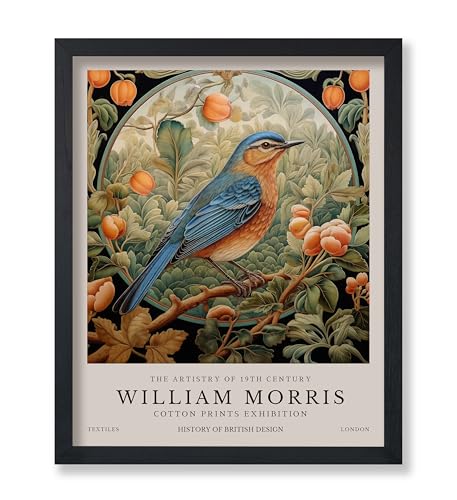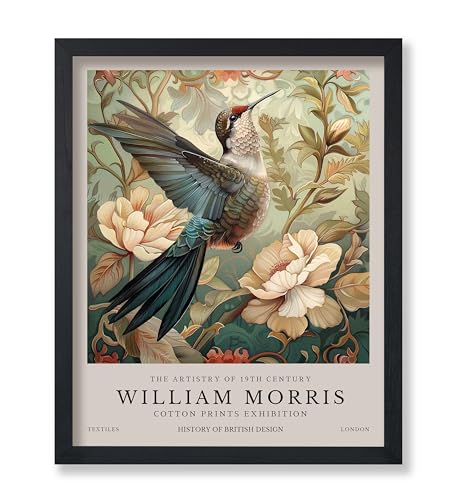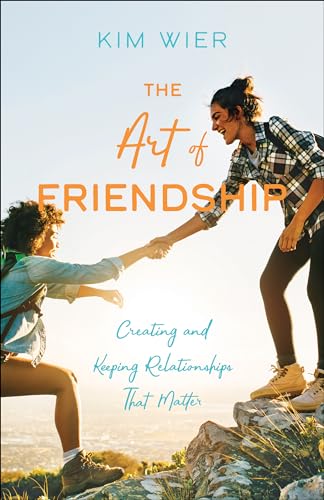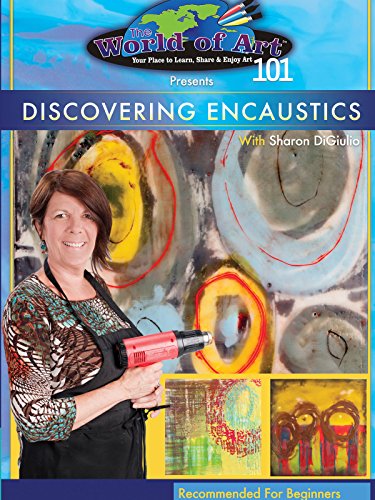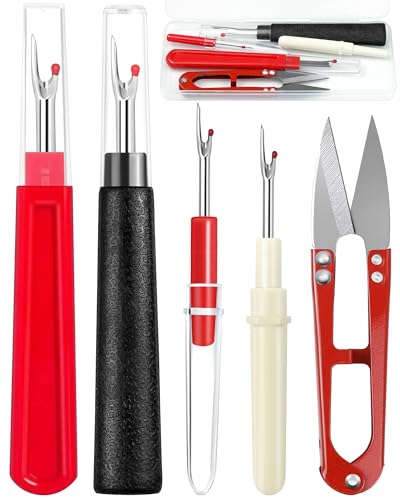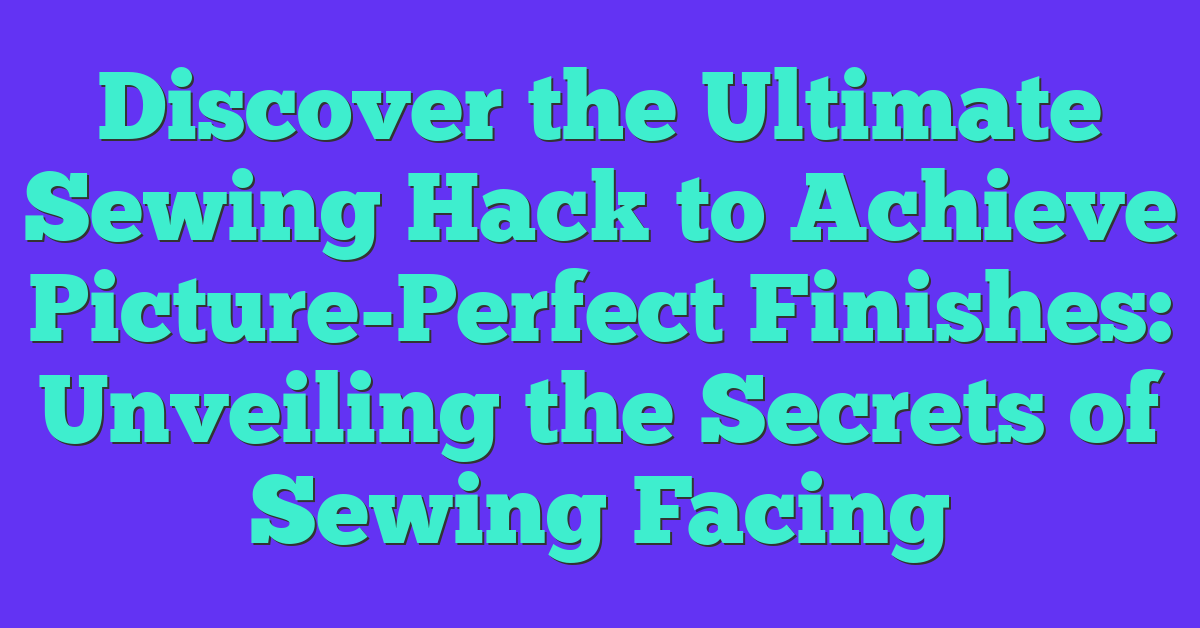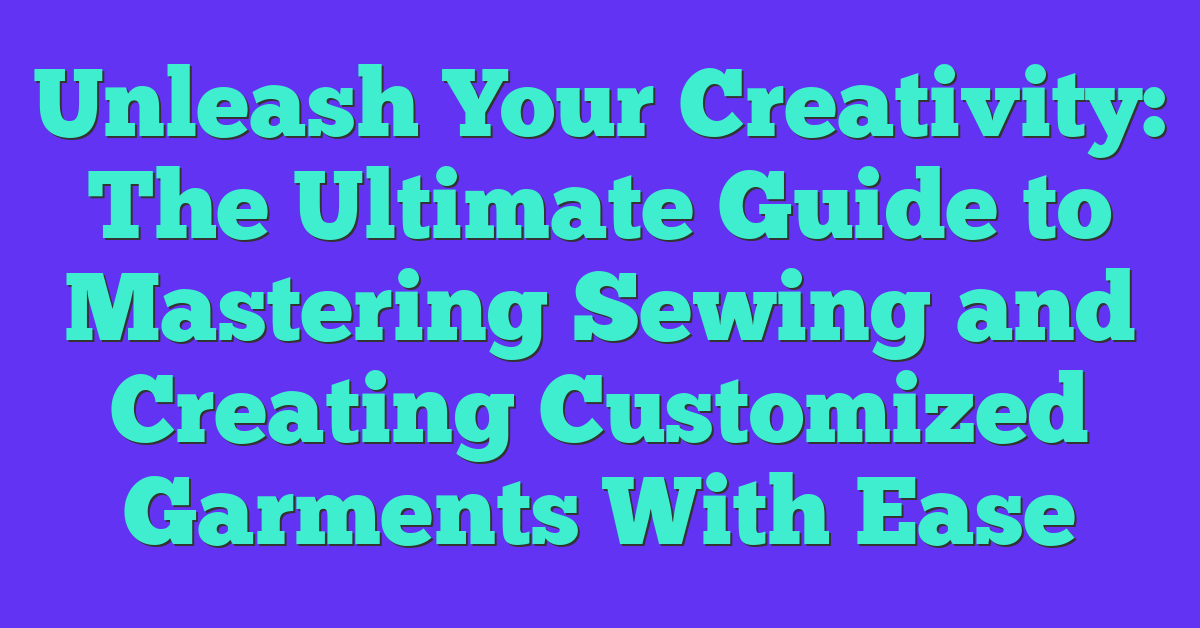Ever wondered if sewing is more than just a practical skill? You’re not alone. Many people see sewing as a way to express creativity and individuality, transforming simple fabrics into stunning works of art.
When you think about it, sewing involves imagination, precision, and an eye for detail—qualities that are essential in any art form. Whether you’re designing a unique piece of clothing or crafting a beautiful quilt, sewing allows you to bring your artistic vision to life. So, is sewing considered art? Let’s dive into this fascinating topic and explore how sewing can be both functional and artistic.
Exploring the Artistic Aspects of Sewing
Sewing isn’t just a craft; it’s an art form that merges creativity and technical skill. It celebrates individuality and allows for endless artistic expression.
The History of Sewing as an Art Form
The history of sewing dates back thousands of years. Ancient cultures, like the Egyptians and Chinese, used sewing for functional and decorative purposes. Techniques evolved, giving rise to intricate embroidery and elaborate garments that showcased skill and artistry. In medieval Europe, sewing often reflected social status. Artisans developed distinct styles, such as the beautifully embroidered tapestries seen in today’s museums. This rich history shows how sewing transitioned from mere necessity to a revered art form.
Defining Art in the Context of Sewing
Art, at its core, involves creativity and expression. Sewing fits this definition by allowing you to transform fabric into something unique and meaningful. When sewing, you select fabrics, colors, and patterns, making decisions guided by your aesthetic sense. Techniques like appliqué, embroidery, and quilting add layers of complexity and artistry to your creations. Fashion designers exemplify this blend of utility and art, producing pieces that are both wearable and visually stunning.
Techniques That Elevate Sewing to an Art
Sewing transcends its practical roots through various advanced techniques, turning it into a remarkable art form.
Creative Embroidery Techniques
Embroidery incorporates intricate designs into fabric, blending threads to form stunning patterns. Techniques like satin stitch, cross-stitch, and French knots add texture and depth. For instance, satin stitches create smooth, filled areas, while French knots offer small, raised dots perfect for floral designs. Combining multiple stitches within a single piece showcases your creativity, making each work unique. Customizing colors and patterns transforms simple fabrics into personal masterpieces.
Innovative Fabric Manipulation
Fabric manipulation reshapes materials through techniques such as pleating, gathering, and smocking. Pleating folds fabric in consistent patterns, adding structure and dimension to garments. Gathering pulls fabric into tight bunches, creating volume and texture suitable for ruffles and skirts. Smocking offers a more detailed approach, using embroidery to create flexible, decorative patterns on fabric surfaces. These methods transform flat fabric into dynamic, sculptured forms, demonstrating the artistry in sewing through deliberate and creative material alteration.
Notable Artists and Designers in the Sewing Realm
The influence of visionaries in the sewing world is evident as they push boundaries and elevate the craft into artistic expression.
Pioneers in Artistic Sewing
Exploring the history of sewing reveals several pioneers who’ve made significant contributions to the art.
- Elsa Schiaparelli: Renowned for her bold and innovative designs in the early 20th century, Schiaparelli integrated surrealism into fashion, creating wearable art pieces.
- Madeleine Vionnet: Known as the “Queen of the bias cut,” Vionnet revolutionized garment construction by introducing techniques that emphasized the natural contours of the body, creating a sculptural effect.
- Claire McCardell: Pioneering American fashion designer McCardell introduced casual sportswear and practical sewing designs, making fashion more accessible and versatile.
Contemporary Sewing Artists
Modern-day sewing artists continue to innovate and inspire with their contemporary designs.
- Orla Kiely: Famous for her unique patterns and vintage-inspired prints, Kiely’s designs blend modern aesthetics with a timeless quality, reflecting a meticulous approach to fabric and form.
- Natalie Chanin: Founder of Alabama Chanin, Chanin focuses on slow fashion and hand-sewn designs, emphasizing sustainability, intricate stitching, and the beauty of handmade garments.
- Tsumori Chisato: Japanese designer Chisato’s work is known for playful patterns, vibrant colors, and artistic influences, combining traditional techniques with a contemporary twist.
With these notable figures, the sewing realm showcases a rich tapestry of creativity and artistry, proving that sewing is indeed an art form.
Public Perception and Cultural Significance
Many view sewing as both a practical skill and a medium for artistic expression. This perception shifts depending on cultural context and modern interpretation.
Sewing in Modern Art Galleries
Several art galleries now feature sewing as a significant artistic medium. Textiles and fabric art have gained respect and recognition alongside traditional mediums like painting and sculpture. Artists such as Louise Bourgeois and Tracey Emin incorporate sewing and embroidery into their pieces, displaying them in renowned galleries like MoMA and Tate Modern. These installations highlight sewing’s potential for complex narratives and emotional depth.

Sewing’s Role in Cultural Traditions
Sewing carries substantial cultural importance in various communities. Different cultures incorporate unique stitching techniques, materials, and patterns to produce garments that symbolize heritage and identity. For example, Japanese sashiko embroidery and Greek traditional costume embroidery reflect rich histories. In many African nations, textiles adorned with intricate beadwork and stitching play crucial roles in ceremonies and social functions. Celebrations such as weddings and festivals often feature garments that showcase the elaborate artistry of cultural sewing traditions.
Conclusion
Sewing isn’t just about stitching pieces of fabric together; it’s a beautiful blend of tradition, creativity, and expression. From its historical roots to its modern-day recognition in art galleries, sewing has proven to be a versatile and impactful art form. Whether you’re admiring a piece of intricate embroidery or exploring the cultural significance behind a traditional garment, sewing offers a rich tapestry of stories and skills. So next time you pick up a needle and thread, remember you’re not just creating something functional—you’re participating in a long-standing artistic tradition.


